
Frequent network disconnections can disrupt work and entertainment, causing frustration. This article offers effective methods to fix these issues and restore a stable connection.
1. Check Hardware Connections
Ensure that all cables between your router, modem, and computer are securely connected and not loose.
Try restarting your router and modem by unplugging them, waiting a few seconds, and then plugging them back in.
If you notice any wear or damage to the cables, consider replacing them.
2. Update Network Drivers
Outdated or corrupted network drivers can cause network instability. Using Driver Sentry to automatically detect and update drivers can save time and avoid the risk of downloading or installing incorrect drivers.
Click the download button to get the latest version of Driver Sentry. After installation, open the software and click "Scan".
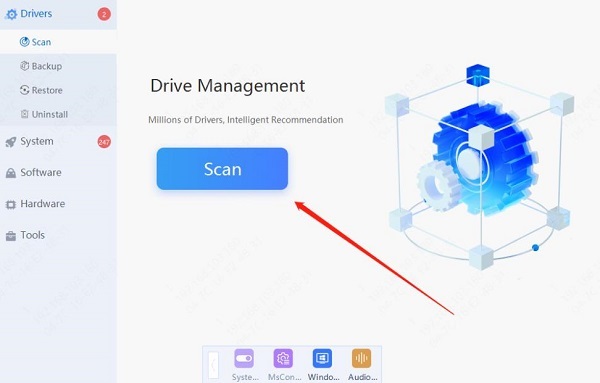
Once the scan is complete, it will display which drivers are missing or need updating. Locate the network driver in the list and click "Update".
After the update, restart your computer to ensure the updated drivers take effect.
3. Reset Network Settings
Press the Windows key and I key together to open Settings, then click "Network & Internet".
In the Status tab, select Network Reset and click "Reset now". Follow the on-screen instructions to complete the reset.
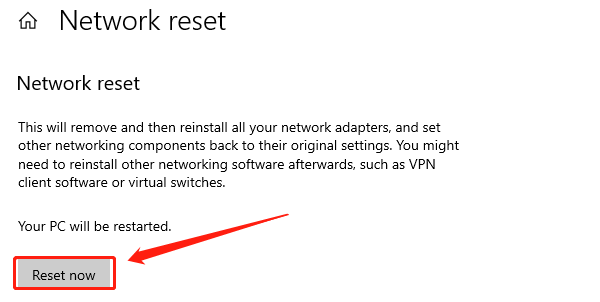
Restart your computer and other network devices after the reset.
4. Optimize Network Settings
Change DNS Settings
Click the network icon in the taskbar and select "Network & Internet settings".
Click "Change adapter options", right-click the current network connection (such as Wi-Fi or Ethernet), and select "Properties".
Double-click "Internet Protocol Version 4 (TCP/IPv4)" and select "Use the following DNS server addresses".
Enter preferred DNS server addresses (e.g., Google DNS 8.8.8.8 and 8.8.4.4) and alternative DNS server addresses (e.g., OpenDNS 208.67.222.222 and 208.67.220.220), then click "OK" to save.
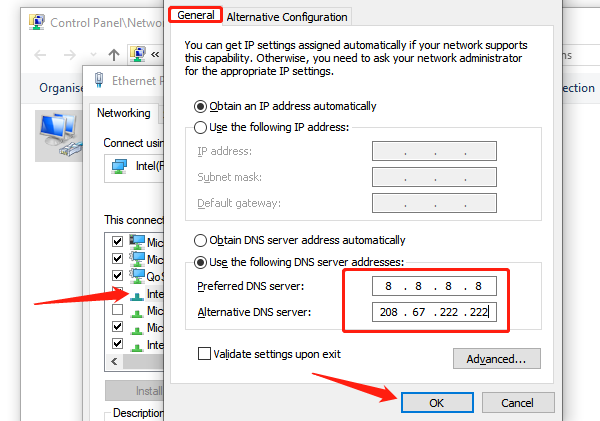
After making changes, disconnect and reconnect to the network or restart your computer to apply the settings.
Adjust Network Frequency Band
Open a browser and enter your router's IP address (usually 192.168.1.1 or 192.168.0.1). Enter the username and password (typically admin/admin or admin/password).
In the router management page, locate "Wireless Settings" or "Wi-Fi Settings".
Select the 2.4GHz or 5GHz band. The 5GHz band is faster but has a shorter range, suitable for environments with more interference.
Change the band or channel (e.g., 1, 6, or 11) to a less congested channel to improve stability.
Click "Save" or "Apply", then restart the router to make the changes effective.
5. Run Network Troubleshooter
Click the Start button, open Settings, and select Network & Internet.
Scroll down and click "Network troubleshooter".
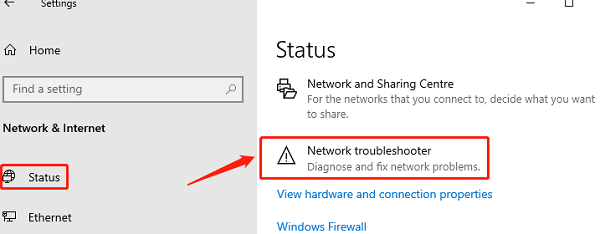
Follow the prompts to diagnose and attempt to fix the problem.
6. Update Router Firmware
Enter your router's IP address (usually 192.168.1.1 or 192.168.0.1) to access the management page.
Find the "Firmware Update" option in the settings menu.
Follow the instructions to download and install the latest firmware version.
7. Update Antivirus Software
Open your antivirus software and check for available updates.
Ensure the software is up-to-date to avoid potential network connection issues.
8. Eliminate External Interference
Keep your router away from devices like microwaves and cordless phones that operate on the same 2.4GHz frequency and can interfere with the Wi-Fi signal.
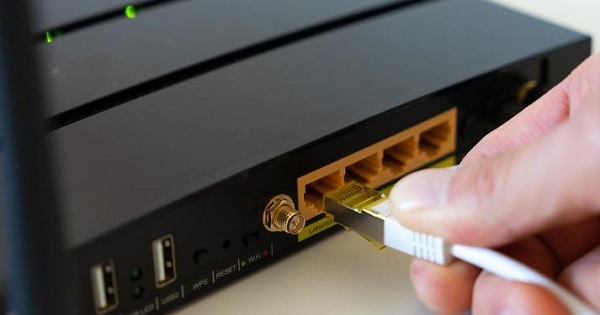
If there are many wireless networks around, try changing your router's Wi-Fi channel to avoid heavily congested channels.
Most modern routers will automatically select the optimal channel, but manual settings can also be used.
9. Contact Your Internet Service Provider
If none of the above methods resolve the issue, it is likely that there is a problem with your Internet Service Provider's equipment or lines.
Contact your ISP to report the frequent disconnections. They can perform remote diagnostics and provide solutions.
Follow these steps to fix frequent network disconnections and keep your connection stable. Regularly update your network settings, hardware, and drivers for a smooth experience. Hope these tips help you maintain a reliable connection!
See also:
How to Easily Upgrade Your PC to Windows 11
7 Ways to Fix High Latency and Slow Speed on Your Computer